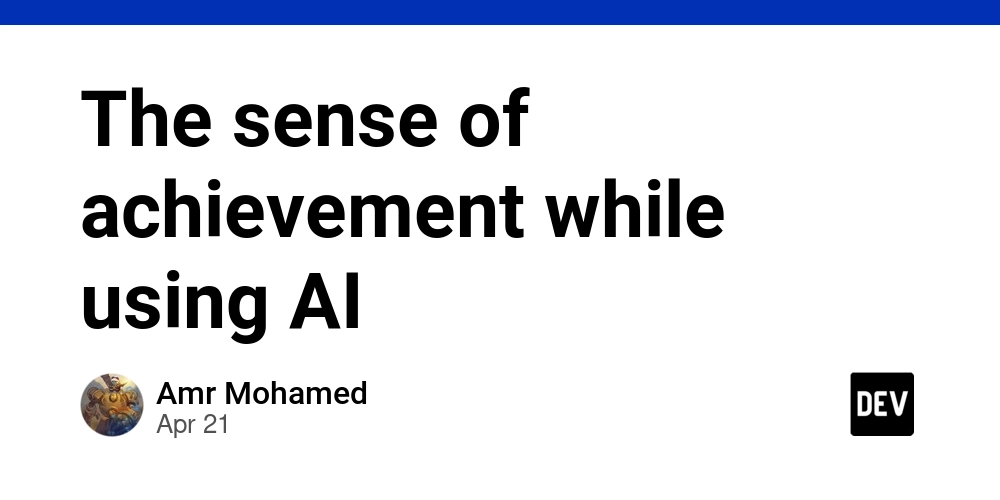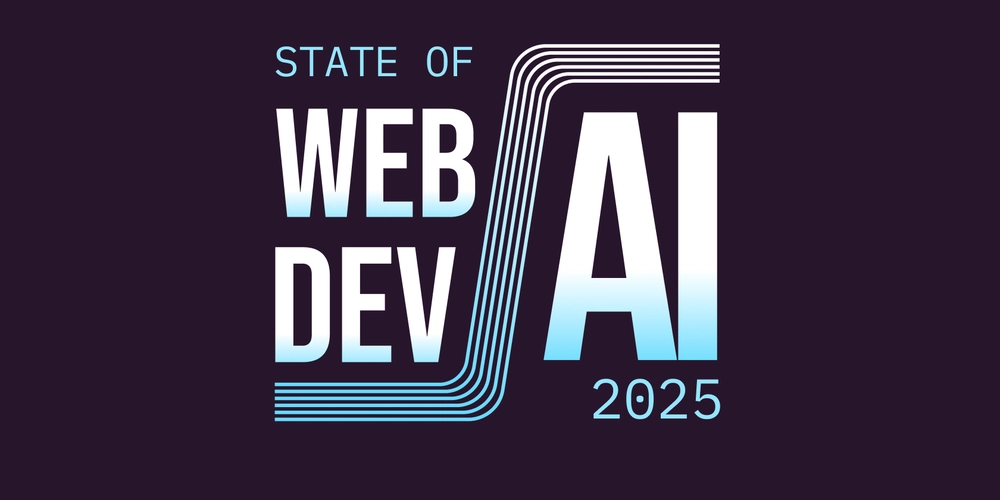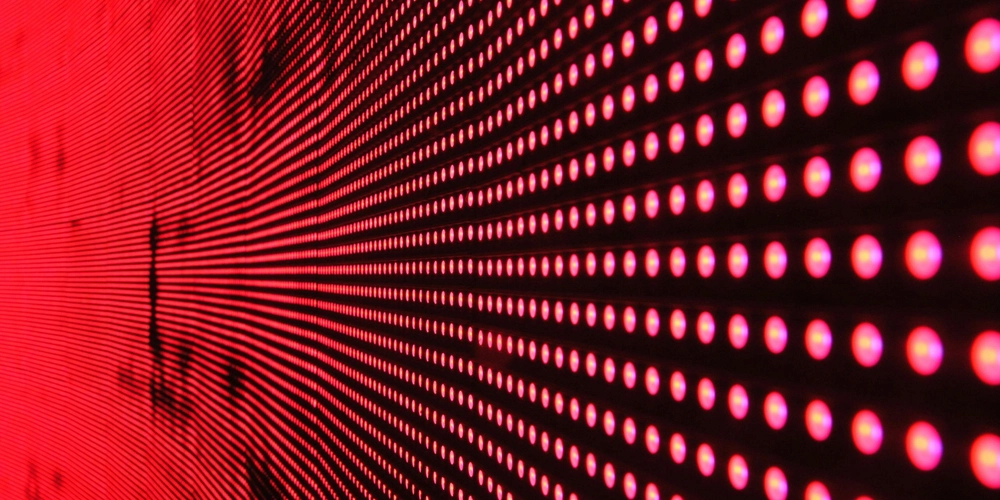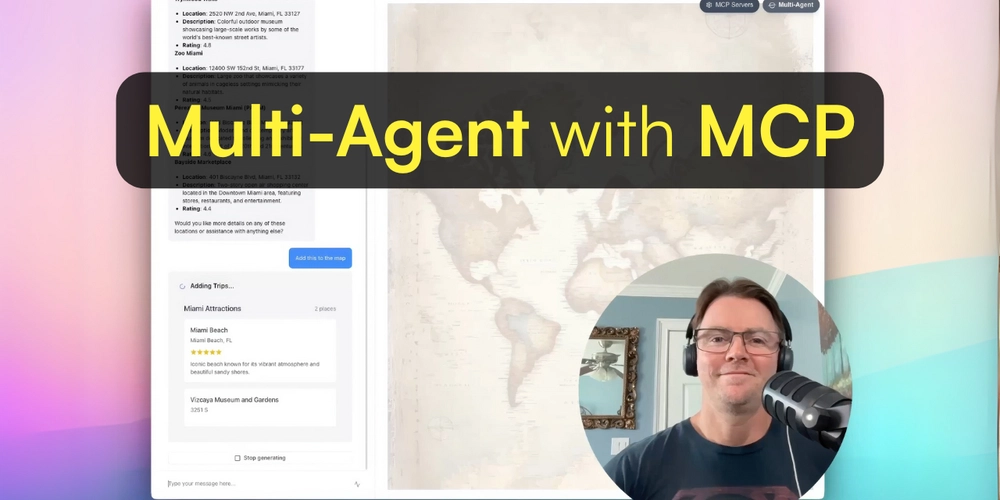Deep Space Object Detection: Your Guide to the Augmented-DeepSpaceYolo Dataset
Harness the power of augmented astronomical images for cutting-edge deep sky object detection using the Augmented-DeepSpaceYolo dataset. This comprehensive guide provides you with everything you need to know about this enhanced dataset and how it can boost your astronomical research.
What is the Augmented-DeepSpaceYolo Dataset?
This dataset is an enhanced version of the original DeepSpaceYoloDataset, designed for robust deep sky object (DSO) detection. It focuses on identifying nebulae, galaxies, and globular clusters within astronomical images. The augmentation techniques applied to the original dataset simulate real-world conditions, making your models more reliable and accurate.
Key Benefits of Using Augmented Datasets for Deep Sky Object Detection
- Improved Model Robustness: Augmented datasets expose your models to a wider range of scenarios, enhancing robustness against variations in image quality.
- More Accurate Object Detection: Training with a diverse dataset allows your models to generalize better, resulting in more precise deep sky object detection.
- Realistic Simulation: The augmentations closely represent real-world challenges in astronomical observations, improving the practical application of your models.
Enhancements: Understanding the Data Augmentation Techniques
To boost the amount of training data and improve model generalization, the original dataset of 4,696 images was expanded to 8,421 images, using various augmentation techniques in the new Augmented-DeepSpaceYolo dataset. Here's a breakdown of the applied transformations. These represent common challenges in astronomical imaging:
- Cropping & Zooming: Simulates variations in focal length and perspective (0-20% zoom).
- Rotations: Accounts for telescope movement and Earth's rotation (-15° to +15°).
- Brightness Adjustments: Replicates fluctuating light conditions and atmospheric interference (-15% to +15%).
- Blurring: Mimics slight defocusing and turbulence (up to 2.5 pixels).
- Noise Addition: Replicates sensor noise and artifacts (up to 0.15%).
Each augmentation was carefully selected to mirror typical challenges in astronomical imaging, providing a realistic and valuable training resource.
How to Download and Use the Dataset for Deep Learning
Ready to start? The complete dataset is available for download through [Google Drive](insert google drive link here). The dataset comes with a default train/test split, as described in the research paper. The labels are formatted for YOLO models, ensuring compatibility with popular object detection frameworks and are easily loaded in libraries like TensorFlow and PyTorch. Images are provided in JPG format with a resolution of 608x608 pixels. This standardized format streamlines the development process.
Contributing to the Augmented-DeepSpaceYolo Project
This project thrives on community contributions. Want to help improve the dataset or the accompanying resources? Here’s how:
- Fork the Repository: Create your own version of the project to experiment with.
- Create a Feature Branch: Implement your changes in a dedicated branch.
- Submit a Pull Request: Share your improvements with the community.
Don't forget to star the project on GitHub to show your support!
Licensing and Citation
The Augmented-DeepSpaceYolo dataset is released under the GNU General Public License v3.0. If you use this dataset in your research, please cite the following article:
@article{ramos_rivas-echeverría_2025,
title={Deep sky object detection in astronomical imagery using YOLO models: a comparative assessment},
DOI={https://doi.org/10.1007/s00521-025-11223-4},
journal={Neural Computing and Applications},
publisher={Springer Science and Business Media LLC},
author={Ramos, Leo Thomas and Rivas-Echeverría, Francklin},
year={2025},
month={Apr}}
Connect With the Creators
- Leo Thomas Ramos: [LinkedIn](insert linkedin profile here)
- Francklin Rivas-Echeverría: [LinkedIn](insert linkedin profile here)
Start exploring the universe today with the Augmented-DeepSpaceYolo dataset and take your deep sky object detection projects to the next level.
















